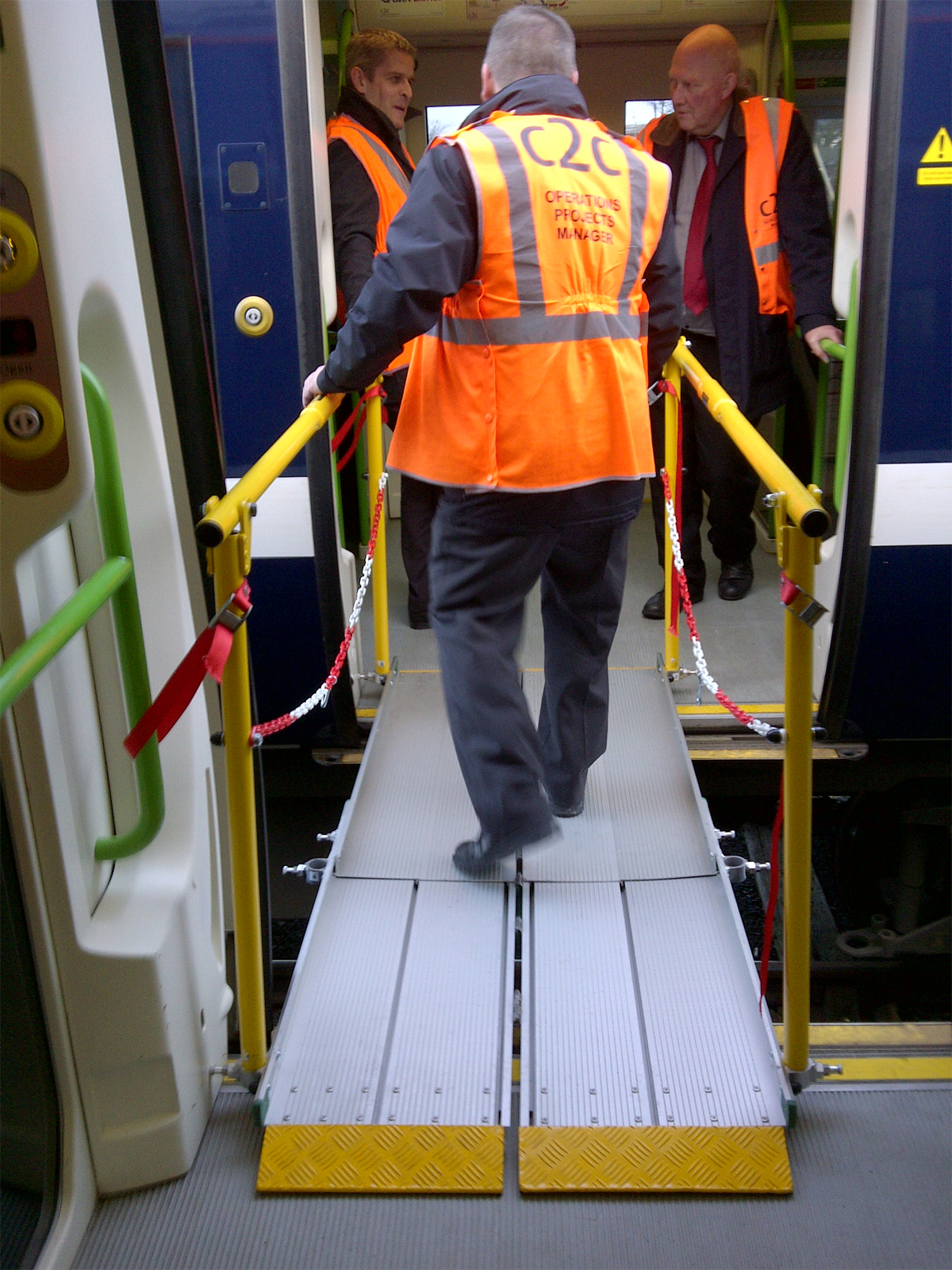Tim R-T-C
Established Member
- Joined
- 23 May 2011
- Messages
- 2,143
With the report into the Peckham incident, recent strandings at Victoria and on the ECML and GWML, is it time that Network Rail developed a rescue unit that would allow rapid de-training in these incidents - ideally within an hour.
Adapting a unit like a 153 to have wide doorways with retractable gangplanks, that can come alongside a stranded unit and rapidly deploy to provide an exit. Passengers are then shuttled to the nearest station, where even if they are stuck for a while, they will have fresh air and access to road transport. A rescue train could have three 153s - one with gangplanks and the others with high density seating to hold recovered passengers.
Produce a few of these and have them stabled near major hubs.
Obviously not all incidents would be accessible - if multiple trains are stranded it would block access - but many incidents seem to involve a single set, which could be accessed by wrong line working.
Thoughts?
Adapting a unit like a 153 to have wide doorways with retractable gangplanks, that can come alongside a stranded unit and rapidly deploy to provide an exit. Passengers are then shuttled to the nearest station, where even if they are stuck for a while, they will have fresh air and access to road transport. A rescue train could have three 153s - one with gangplanks and the others with high density seating to hold recovered passengers.
Produce a few of these and have them stabled near major hubs.
Obviously not all incidents would be accessible - if multiple trains are stranded it would block access - but many incidents seem to involve a single set, which could be accessed by wrong line working.
Thoughts?

